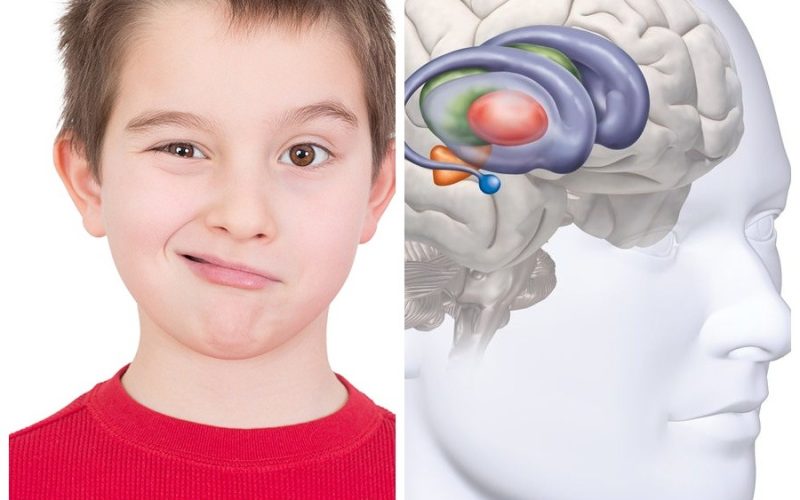Understanding Tourette’s Syndrome
Tourette’s syndrome is a neurological disorder characterized by repetitive, involuntary movements and vocalizations known as tics. While Tourette’s syndrome can vary widely in severity and presentation, understanding its basics is essential for fostering empathy, reducing stigma, and supporting individuals affected by the condition.
Key Features of Tourette’s Syndrome
Tourette’s syndrome is characterized by the following key features:
- Motor Tics: Motor tics are involuntary movements or gestures that may include blinking, facial grimacing, head jerking, or shoulder shrugging.
- Vocal Tics: Vocal tics are involuntary vocalizations, sounds, or words, which can range from simple sounds like throat clearing or sniffing to more complex phrases or words.
- Premonitory Sensations: Many individuals with Tourette’s syndrome experience premonitory sensations or urges that precede the onset of tics. These sensations may be described as uncomfortable or itchy and are temporarily relieved by performing the tic.

Onset and Course of Tourette’s Syndrome
Tourette’s syndrome typically begins in childhood, with the onset of tics occurring between the ages of 5 and 10 years old. The severity and frequency of tics often peak during early adolescence and may gradually improve or change over time. While some individuals experience significant symptom reduction in adulthood, others may continue to experience tics into adulthood. Explore More About ( Leprocy in Florida)
Tourette’s Syndrome Untangled: Simplifying the Basics
1. Dispelling Myths and Misconceptions
- Tics vs. Behavioral Issues: Tics are involuntary and not under the individual’s control, distinguishing them from intentional behaviors or actions.
- Intellectual Ability: Tourette’s syndrome does not affect intelligence, and individuals with the condition can have normal or above-average cognitive abilities.
2. Understanding Co-occurring Conditions
- Attention-Deficit/Hyperactivity Disorder (ADHD): Many individuals with Tourette’s syndrome also have ADHD, characterized by inattention, hyperactivity, and impulsivity.
- Obsessive-Compulsive Disorder (OCD): OCD commonly co-occurs with Tourette’s syndrome, manifesting as repetitive thoughts or behaviors.
3. Supportive Strategies and Interventions
- Education and Awareness: Educating teachers, classmates, and peers about Tourette’s syndrome can foster understanding and reduce stigma in school and social settings.
- Behavioral Therapy: Cognitive-behavioral therapy (CBT) and habit reversal training (HRT) can help individuals manage tics and cope with associated difficulties.
- Medication: In some cases, medications such as antipsychotics or alpha-2 adrenergic agonists may be prescribed to reduce the frequency and severity of tics.

Conclusion
By untangling the basics of Tourette’s syndrome, we can promote empathy, understanding, and support for individuals affected by this neurological condition. Through education, awareness, and access to supportive interventions, we can create a more inclusive and compassionate society where individuals with Tourette’s syndrome can thrive.












